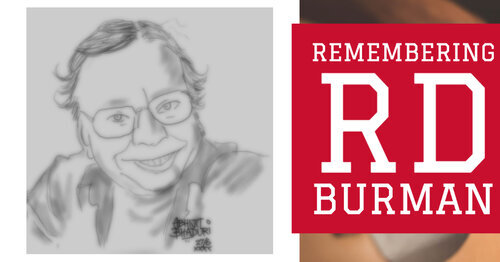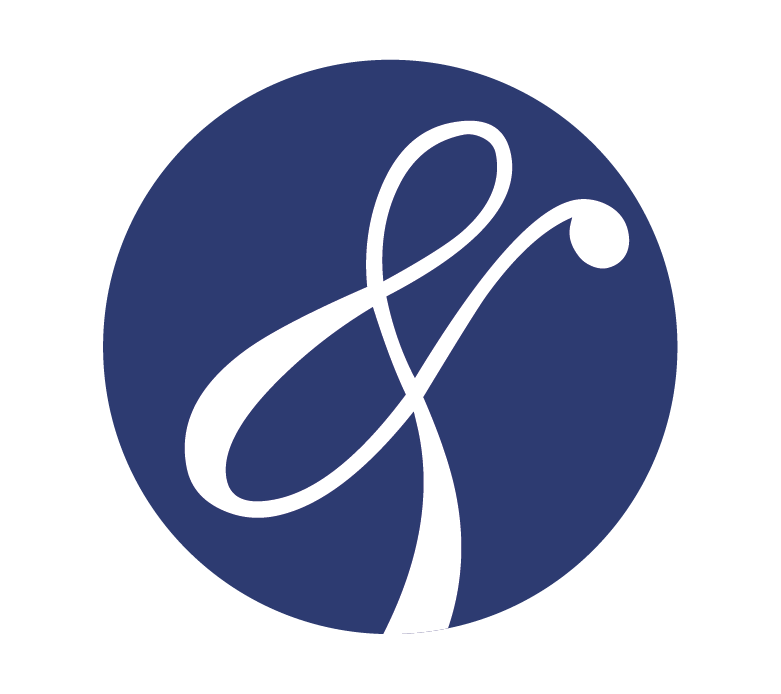Abhijit Bhaduri’s Blog
I write about careers, skills and the world of work. The cartoons and sketches are mine.


Preparing children for the future workplace
When trade unions resisted computerization, they were assured that computerization would create more jobs – only with different skill requirements. Education has been the answer for people to move from the blue collar workforce to a white collared job. Robots are now coming after the white collared jobs too. Books like The Rise of The Robots by Martin Ford document an increasingly bleak future. When information technology is combined with easily accessible machine intelligence is that new industries that come up will never be labor intensive. How do we prepare for that jobless future?

Why don't startups have CHROs?
I remember meeting someone from the fashion industry who had explained to me the many shades of black that she could differentiate. All through that flight, my co-passenger educated me about the different shades — carbon black, ebony, charcoal black and outer space black, to name a few. The specialist can see the subtle differences while a novice like me would describe all of them as ‘black’. Maybe the same goes for the people agenda.

Humans Are Underrated
Geoff Colvin’s book talks about the importance of what he calls the “Relationship Worker” who has a greater advantage in the new economy. Much more than the Knowledge Workers. While the machines will pull up information and data faster than any lawyer can, they cannot fulfill our need for social interaction. “Understanding an irrational client, forming the emotional bonds needed to persuade the client” will be the differentiators in the future.

Navigating digital ecosystems
Disruption is a leadership phenomenon. Past success is the most effective predictor of future failure. Most disruption occurs not by making the wrong choices, as much as failing to choose at all. When the Ritz Carlton's head of training professes to be unaware of Airbnb, or when the publisher of a newspaper depicts future strategy in terms that disown past strategies we can begin to see the magnitude of the challenges ahead. What is needed is close to a complete reworking of our leadership model.

Why Gulzar's Writing Remains Fresh
It takes me a moment to realize that Gulzar is talking to me. The deep baritone voice fills up the studio.“I have been sketching and doodling for many years now. But I did not want to add my name to the sketches because I wanted unbiased feedback on my drawing skills. If I sign the sketches, some people will immediately stop evaluating the drawings critically. I will never get to know what I should do to improve. It is hard for me to get honest feedback and a real assessment of my skill. Without that it is hard to improve. So getting the feedback anonymously seemed like a good idea.”

Generation Z Will Disrupt
They are people born in the late nineties and are barely out of their teens. To understand a generation it is important to understand the defining events that they have experienced. These life experiences will influence the lens with which they will view the world.Nineties was the era of Liberalization. It was an opening of the economy in India and the rise of the IT sector. The media exploded with choices and social media became a word. New sectors like the BPO emerged and started hiring younger people.

Do Disclaimers Work
There are two kinds of films. Some begin with a disclaimer that says “All characters appearing in this work are fictitious. Any resemblance to real persons, living or dead, is purely coincidental.” Is it better to say that the film was inspired by real events?

Masaan
There are two parallel stories that run through the film Masaan (the colloquial term for Shamshaan or a burning ghat). They are studies in contrast. The first protagonist Devi (played by Richa Chadha) is a girl who is seeking a release from the clutches of a greedy cop and from being judged because of a personal choice she made.The other story belongs to Deepak Choudhary (played brilliantly by Vicky Kaushal) is set on the famous Harishchandra Ghat of Banaras. The son of the dom (the people who cremate the dead) wants to escape the chains that his being born in that family limits him to. He dreams of being an engineer and stumbles upon love.

Insight Out by Tina Seelig
Insight Out starts by describing the term Imagination as the ability to visualize what does not exist today. So how does one go about becoming more imaginative? Stay curious suggests Tina. Observe everything with curiosity and not judgement. Look for patterns and then see what opportunities for improvement exist. Spend a silent hour observing something and these moments of immersion. Then use these to create your own “Moon Shot” projects – a term made famous by Google. Creating a driverless car is surely like taking a shot at going to the moon for a search firm.

Inside Out
Riley is eleven. She is moving from Minnesota to San Francisco with her parents. Inside Out is her story and the emotions that the eleven year old experiences as she leaves behind her friends and familiar world.

The Intangibles of "Make in India"
Is Apple an example of an American brand or is it a Chinese brand? Apple’s manufacturing partner Foxconn, which makes the iPhone, iPad and several other Apple products in factories in China, is in talks to open factories in India to make iPhones. Does it matter to the consumer where the iPhone is made? In a blind test would a consumer be willing to pay the same price for an iPhone that was made in India as compared to some other country?

Remembering RD Burman
RD Burman (27 June 1939 – 4 January 1994) is an influencer in Bollywood even today. Reality shows dedicate episodes to him, channels organize special RD Music shows, his songs are part of recent movies like Aisha, Tamanchey, Race, etc, TV serials are using cover versions of his songs, not to mention the remixes of his songs. Yet the same RD had long spells towards the end when he was without work. Success and failure perhaps have to be measured beyond the life span of an artiste.

Employer branding in a crisis
When a crisis of trust hits the organization, the public relations machinery swings into top gear and tries to tame the media before they go on a rampage. In this mayhem, it is easy to forget that the bruises and dents also affect the employer brand. The most valuable employees of the organization may worry about future prospects and jump ship. Potential candidates may think harder before joining the firm. I was with a food and beverage company during such a controversy. That crisis taught me powerful lessons on how to protect the employer brand during a crisis. Leaders need to address this from two perspectives – the head and the heart.

Hidden Strengths
Your “strength” is a combination of your natural talent, plus the knowledge and experience and the skills needed to actually do it. Talent plus knowledge plus skills reflects your natural strength. Your weaknesses arise because either one or more of these three elements is missing. To develop your hidden strength you need to figure out opportunities to practice these skills. That will help grow the hidden strengths.

CSR in talent strategy
Even a small connection to the people who benefit from your work not only will improve productivity, it makes everyone happier. The single strongest predictor of meaningfulness is the belief that the job has a positive impact on others. That may be a terrific way to rethink your talent strategy.

Tanu Weds Manu Returns: Movie Review
Tanu Weds Manu 2 scores not for the storyline which is fairly over the top but the dialog really connects with the audience. Four years of marital life has done what marriage often does to couples. Manu (played by Madhavan) has fattened up like a sacrificial lamb and the four years of marriage have left no zing in the relationship. That seemed so realistic especially because Madhavan's emotions remained visible under his adipose tissues. That verbal sparring session resonates with the audience and the film goes off to a rocking start.

Talent Communities
Talented people are like magnets. They attract other talented people. These talented people have their own hangouts. The Coffee House in Kolkata was a hangout for the poets, artistes, literati and people from the world of art and culture. Film makers like Ritwik Ghatak, Satyajit Ray, Mrinal Sen and Aparna Sen used to hang out there. The writers and poets like Sunil Gangopadhyay and Shakti Chattopadhyay used the coffee and cigarette smoke filled atmosphere to fire up their imagination through debates. The cafes of Paris have served to inspire many philosopher and intellectuals from Sartre to Simone de Beauvoire. The Coffee House is still not a talent community.

